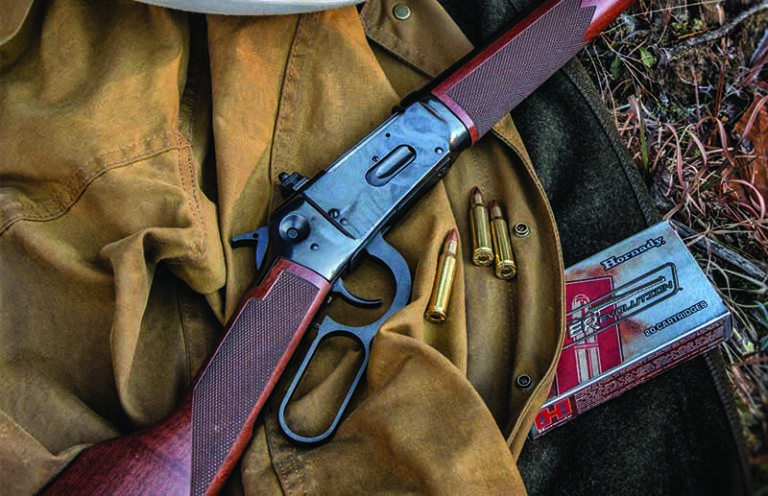
Updated with some modern amenities, the Winchester 94AE still proves an all-time classic field lever-gun.
In 1983, I made my first legal over-the-counter long-gun purchase: It was a Winchester 1894 AE (Angle Eject) Big Bore lever-action rifle chambered for the .307 Winchester. Up until that time, my parents, grandfather or best friend had to facilitate my weapons cache. This was a rifle I dearly wanted, and I considered it a graduation present to myself. My fondness was due to its svelte handling qualities lever-actions are known for, combined with its .308 Winchester-like performance. For deer hunting in the hills of West Virginia, I felt there could be nothing better.
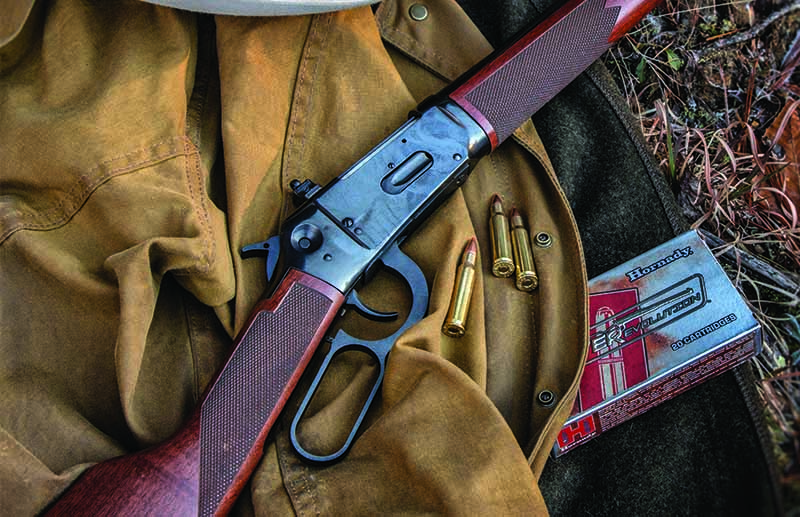
I’m not so sure I wasn’t right. The rifle performed marvelously for me. I used it to take several deer, and if my memory serves, I don’t think I ever missed a deer with that rifle. Unfortunately, while I was a die-hard deer hunter, I was also a seriously dedicated coon hunter. I was raised around hounds in a coon-hunting family. In fact, the first hunt I ever went on was a raccoon hunt, and the first animal I ever killed was a raccoon. My best friend and I were desperate for a really good coonhound, and he managed to locate a direct descendant of the notorious Grand Night Champion Hickory Hunt Harry.
We traded some cash and my Winchester for that dog.
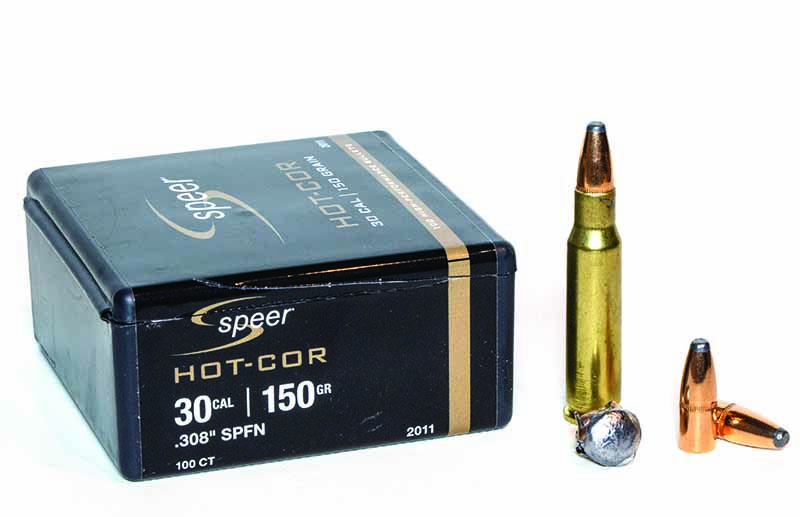
It was a good trade; the dog turned out to be the best coonhound I’ve ever hunted with, but I’ve missed that rifle ever since. It was a special rifle for two reasons. First, because the AE designation meant that, unlike previous 1894 Winchesters, a riflescope could be mounted directly over the action. And second, because the Big Bore (BB) designation meant that the rifle could handle higher-pressure cartridges than the old .30-30 Win. These rifles were offered in three chamberings: the .307 Winchester, the .356 Winchester and the .375 Winchester.
For history’s sake, the .356 Winchester was essentially a .358 Winchester with a 0.506 rim diameter, as opposed to 0.473. It was even loaded to the same CUP pressure of 52,000 as the .358 Winchester. The .375 Winchester was, for all practical purposes, a modernized version of the old .38-55 Winchester, with a slightly longer case that was loaded to a CUP pressure of 52,000 as opposed to 30,000. Like the .356 and .358 Winchester, the .307 Winchester had a slightly larger rim than the .308 Winchester, but the rest of the cartridge case was dimensionally identical as was the CUP pressure limit of 52,000.
Welcoming Back The Winchester 94AE
Not too long ago, I found myself with a little extra cash. I also found a used Winchester 94AE Big Bore in .307 Winchester in excellent condition. I purchased the rifle based on photographs to only later learn the shell catch was defective; it didn’t want to let the last round out of the magazine feed into the action. That, of course, didn’t stop me from shooting the rifle. One of the reasons my interest in the cartridge/rifle had been renewed was because Hornady had just released a new .307 Winchester LEVERevolution load with a 160-grain bullet at an advertised 2,650 fps.
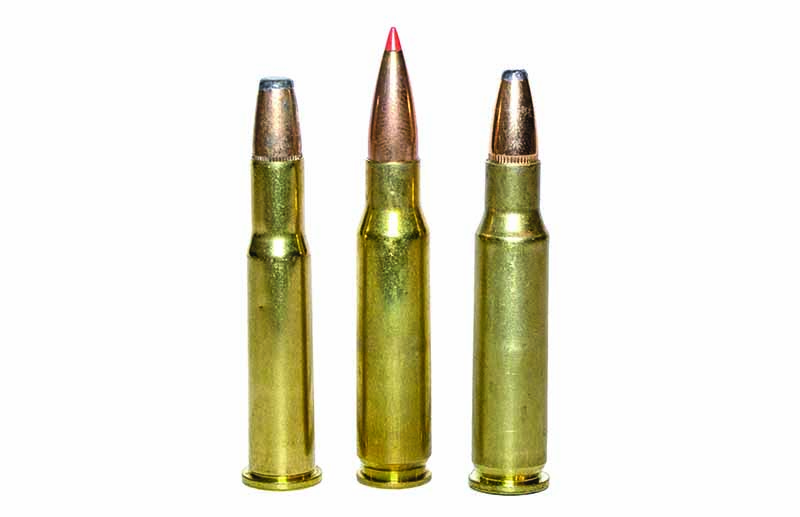
I installed set of XS aperture rear and post front sights and found that at 100 yards, I could use the Hornady ammunition to shoot groups measuring less than 2.5 inches. With my original .307 Winchester, I could do a bit better, but back then I had a low-power variable riflescope attached. Still, for hunting deer, bear and boar in my home state of West Virginia, 2.5-inch groups at 100 yards with open sights is more than sufficient. Ultimately, I decided on a Williams red fiber-optic front sight and even managed a few on-target groups at 200 yards that I’ll not describe for fear of being labeled a charlatan.
Of course, I had to get the rifle fixed—even the most accurate rifle in the world is worthless if it doesn’t work. I turned to my local gunsmith, Jerry Dove at Dove’s Custom Guns, and asked him to sort the rifle out. I turn to Jerry for a lot of gunsmithing chores, and for the next several months I kept him busy with more pressing projects. Finally, just after Christmas 2020, Jerry completed all the other work I’d saddled him with, and he fixed the .307. I called it a Christmas present, because that’s exactly what it felt like.
Raise Your Lever-Action IQ:
- Enduring Legend: Evolution of the Lever-Action Rifle
- 5 Of The Best Lever-Actions Available Today
- 7 Marlin Lever-Action Rifles Worth Adding To Your Collection
- Lever-Action Shotgun: Past, Present And Future
- 5 Must-Have Henry Lever-Action Rifles
- .357 Magnum Lever-Action: The Best Pistol Caliber Carbine?
- 9 Greatest Winchester Lever-Action Rifles, Shotguns and Bolt-Actions
Developing A New Diet
If you’ve read much of what I’ve written about guns, you’ll know I have a dedicated interest in the Scout Rifle concept formulated by Jeff Cooper. Cooper was a fan of the Winchester 94 and its handiness was part of his inspiration for the Scout Rifle. However, as far as Scout Rifles are concerned, one of the weaknesses of the Winchester 94 was the .30-30 Winchester cartridge.
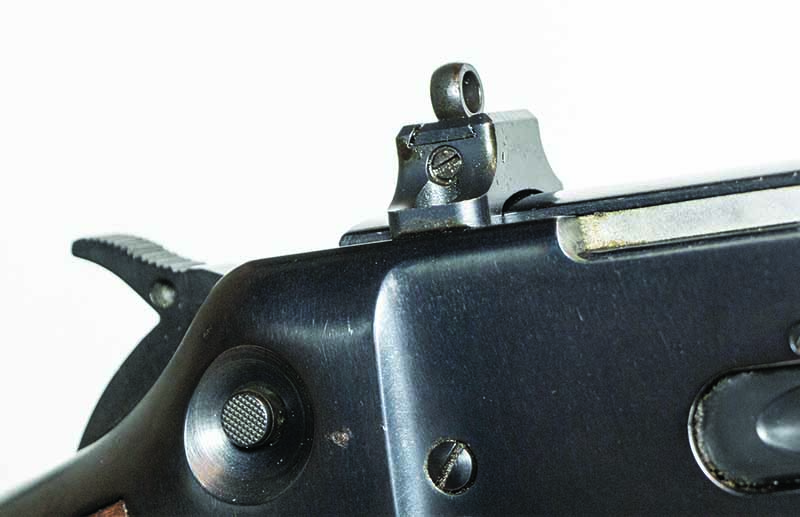
Cooper didn’t feel it was powerful enough for animals as large as 1,000 pounds, and this resulted in his ideal Scout Rifle cartridge being a .308 Winchester. In fact, Cooper was a believer in the original ballistics of the. 30-06, and he discovered that, properly loaded, a .308 Winchester with a 19-inch barrel could meet that 150-grain bullet at 2,700-fps threshold.
What I wanted to know was if I could do the same with the .307 Winchester—not that it would make it a Scout Rifle. It’d make it capable of handling, ballistically, anything a Scout Rifle could handle. You could argue Hornady’s new LEVERevolution load was already there; with 2,495 foot-pounds of energy, a 160-grain bullet at 2,650 is a bit more powerful than a 150-grain bullet at 2,700 fps at 2,428 foot-pounds. The problem is that Hornady’s impressive velocity figures are obtained with 24-inch test barrels. My rifle, like most lever guns, has a 20-inch barrel. Actual velocities were 2,475 fps, delivering 2,176 foot-pounds of energy—impressive but not what Cooper or I wanted.
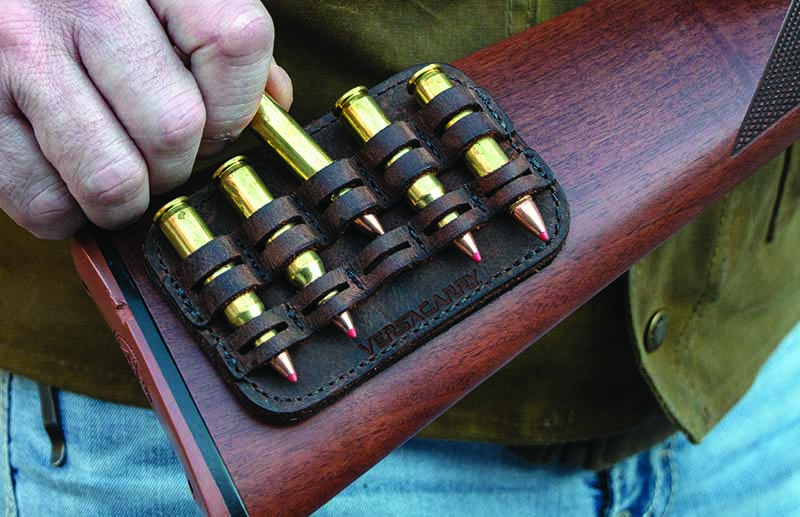
Handloading looked to be the answer and given the lack of availability of factory ammunition for the .307 Win.—Hornady and Winchester both offer one load, but only load it seasonally—handloading would be necessary. Researching some data, I found that a relatively new powder from Alliant called AR Comp should push a 130-grain bullet to 3,030 fps with 2,650 foot-pounds of energy, and a 150-grain bullet to 2,831 fps with 2,669 foot-pounds of big-game busting power. Granted, these seemingly pie-in-the-sky velocities were also obtained with a 24-inch barrel, but I had a few fps to work with.
Using Speer’s 130-grain Hot Core Flat Nose bullet, I eased up to the maximum listed load of 45.8 grains of AR Comp, and the resulting velocity averaged 2,818 fps with 2,292 foot-pounds of energy. That was as bit shy of 3,000 fps, but the resulting energy exceeded the Hornady 160-grain load. But that was also not a 150-grain bullet, and given this bullet was intended for the .30-30 at substantially lower muzzle velocities, I was a bit concerned about its terminal performance.
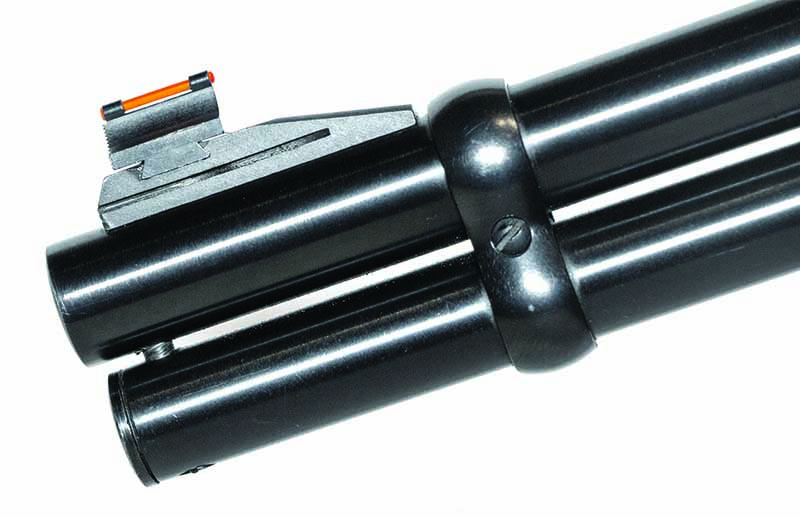
Bill Wilson, who has used this bullet a great deal in his .300 Hamr cartridge, told me not to worry, but I wanted to test it anyway. Wilson was, as expected, right. In blocks of Clear Ballistics, it penetrated to 17 inches, expanded to 6/10 inch, and retained 85 percent of its weight. This is more than capable for big-game hunting, but I wanted Cooper’s Scout Rifle load.
Measuring The Muzzle Product
Given the current ammunition and component situation, I couldn’t find any 150-grain Speer Flat Nose bullets for sale anywhere. Though round-nose bullets are customarily loaded in lever guns, there seems to be a unanimous concern about using them in the harder recoiling .307 Winchester. It didn’t matter. I didn’t have any 150-grain round-nose bullets and couldn’t find them anywhere either. Fortunately, during that phone call with Wilson, he told me he had a box he could spare.
Working up to the maximum published load of 44.6 grains of AR Comp, I was optimistic and ultimately very pleased. Five shots over a Caldwell G2 chronograph delivered an average velocity of 2,695 fps. Adding in 0.75 feet per second for each foot the chronograph was from the rifle’s muzzle puts the average velocity at 2,702.5 fps. I had managed to safely reach original .30-06 velocities out of a traditional lever action rifle!
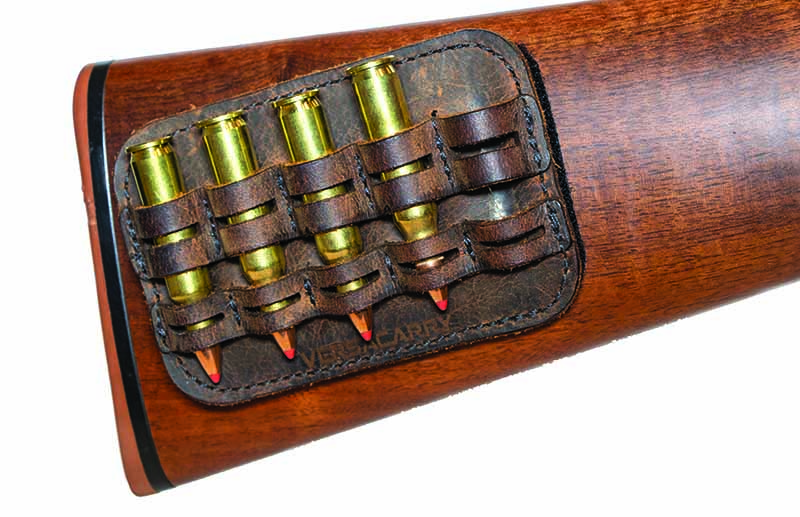
Of course, like with the 130-grain bullet, I needed confirmation of terminal performance, so it was back to blocks of Clear Ballistics. The 150-grain Speer Hot Core Flat Point bullet—with an impact velocity of 2,690 fps and an impact energy of 2,410 foot-pounds—penetrated to a depth of 21 inches, expanded with a frontal diameter measuring 0.50 inch across, and had a retained weight of 107 grains. By comparison, the factory Hornady 160-grain load penetrated 16.5 inches, expanded to 0.58 inch and had a retained weight of 121 grains.
What’s Old Is New
It’s hard to express my delight in once again having a rifle I so adored as a young man. It’s also pleasing to know that while the Winchester 94AE Big Bore isn’t a Scout Rifle, it can ballistically perform with Scout Rifles. And to be honest—and as Cooper knew—it’s an extremely compact, lightweight and friendly rifle that can serve respectably in the role of a Scout Rifle.

As far as lever-guns go, this rifle might be one of the most important ever made. It’s also, of course, one of the least remembered and appreciated. They’re out there, and you can find them for about a grand. Hornady makes a great load for them, or you can load your own even better-performing ammunition.
Once again, I have mine. And I’ll be damned if I’m trading it for a coonhound!
Editor's Note: This article originally appeared in the March 2021 issue of Gun Digest the Magazine.

Next Step: Get your FREE Printable Target Pack
Enhance your shooting precision with our 62 MOA Targets, perfect for rifles and handguns. Crafted in collaboration with Storm Tactical for accuracy and versatility.
Subscribe to the Gun Digest email newsletter and get your downloadable target pack sent straight to your inbox. Stay updated with the latest firearms info in the industry.

![Best Concealed Carry Guns In 2025 [Field Tested] Wilson Combat EDC X9S 1](https://gundigest.com/wp-content/uploads/Wilson-Combat-EDC-X9S-1-324x160.jpg)


![Best 9mm Carbine: Affordable PCCs [Tested] Ruger Carbine Shooting](https://gundigest.com/wp-content/uploads/Ruger-Carbine-Shooting-100x70.jpg)
![Best AR-15: Top Options Available Today [Field Tested] Harrington and Richardson PSA XM177E2 feature](https://gundigest.com/wp-content/uploads/Harrington-and-Richardson-PSA-XM177E2-feature-100x70.jpg)

I’ve had a .307 94 AE since the 90’s. It had an old Tasco 1-4 scope and now has a Leupold 2-7. It has killed two caribou and multiple deer. Fun rifle and I’m as likely as not to take it to whitetail woods as any rifle I own. If I’m in the timber it is definitely my rifle of choice.
R. Fenlason June 26, 2022 at 9:30 AM
I also have a Win 94 in 307. Last summer I found two full boxes of shells at a lawn sale, bought them both for $20.00. Sweet rifle.
Nice gun. I have an inherited Winchester 94 in .44 Rem. magnum to match my Taurus .44 mag pistol.
But for big power in that type of lever gun I still like the .444 Marlin.
However I’m having my .308 Savage 99C rebarreled in 6.5 Creedmoor for better ballistics – that and a cool looking octagonal barrel.
Midway USA has Hornady FTX .30 caliber bullets in stock now!